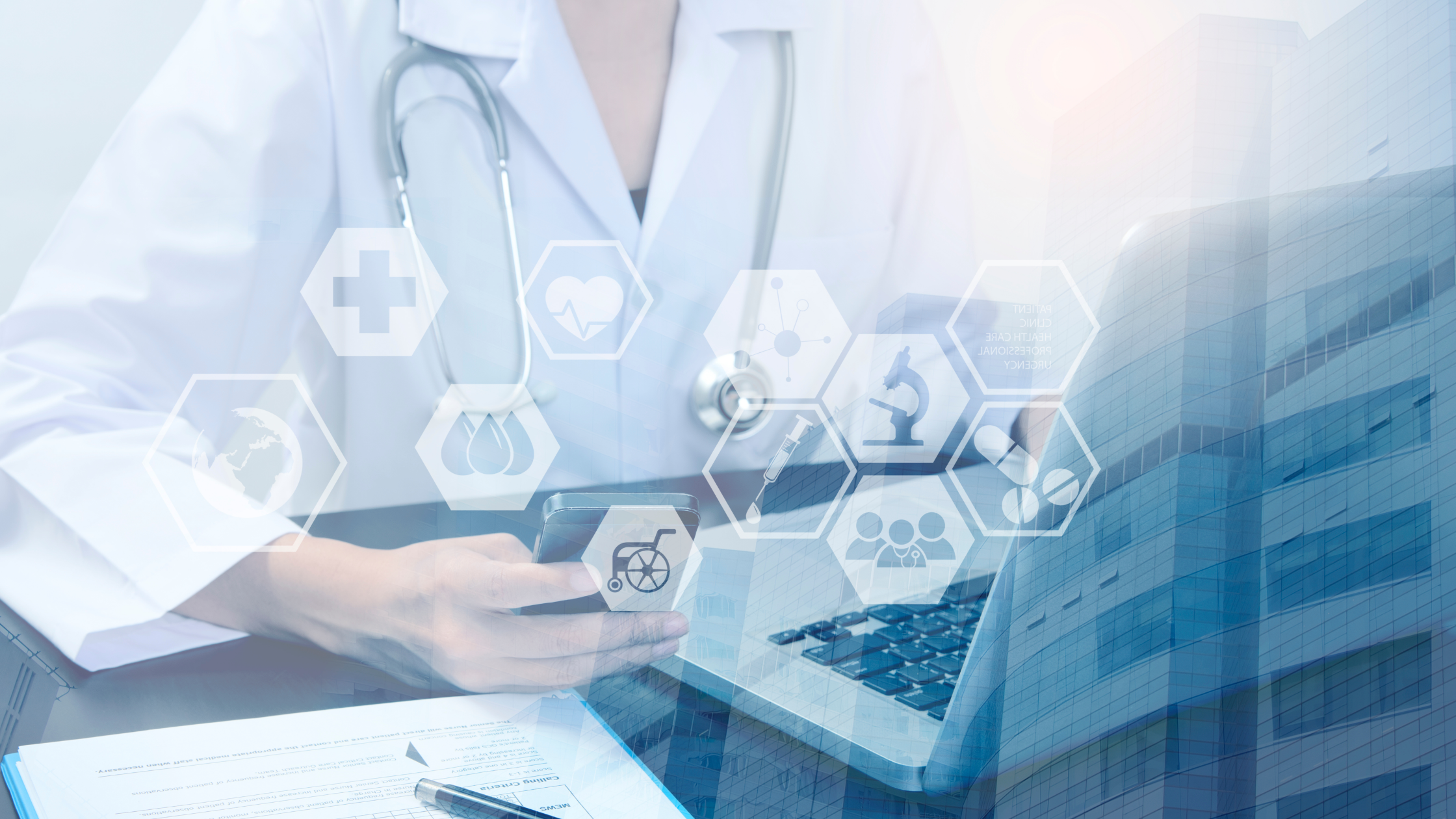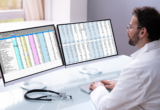
IT Solutions to Improve Your Medical Practice
As technology advances every other day, innovations are constantly changing how we do things. Whether it’s how we travel, communicate with friends, shop, or do our jobs, various technological advancements have enhanced the way we undertake these tasks for the better.
That said, the healthcare industry has been somewhat slow to embrace technology compared to other sectors. The cautious nature with which the healthcare industry proceeds is due to the sensitive nature of medical data and strict regulations. Nonetheless, recently there’s been a change of heart in the industry—the healthcare sector has made significant strides that have transformed how medical practitioners practice medicine and patients receive medical treatment. Ahead is an outline of the IT solutions that are improving medical practice. Let’s get to it.
5 IT Solutions that have Improved Medical Practices
According to a recent survey on physicians, 85% said that IT solutions are beneficial for patient care. This stat underscores the fact that the medical community values the prospects of these tools. Below is an outline of the top IT solutions that have transformed the medical industry:
1. Telemedicine
Telemedicine enables medical practitioners to consult and provide the proper medical treatment for their patients remotely. The emergence of telehealth tools enables medical practitioners to offer healthcare services via telemedicine apps that utilize teleconferencing or instant messaging to facilitate communication between them and patients.
Physicians can depend on these apps for smartphone photos, video visits, or other methods of assessing, treating, and managing patients with various medical conditions. Moreover, telemedicine allows physicians to offer the same quality of service offered by conventional medical practices. Nonetheless, physicians should heed HIPAA guidelines while undertaking health-related tasks using mobile devices to avoid putting patient data at risk.
2. Voice-assistant technology
A recent study shows that 23% of medical practitioners use voice assistant technologies like Alexa and Siri for both personal and work-related reasons. The voice assistant technologies are equipped with natural language processing algorithms and advanced artificial intelligence, making them effective. Today, several medical practitioners use dictation software like Dragon by Nuance, which enables users to transcribe medical notes word for word. As such, this technology allows physicians to interact with the voice application without abandoning the ongoing medical procedure.
3. Electronic health records (EHR)
This technology turns contrasting data into actionable clinical data, thereby reducing medical mistakes and facilitating integrated care. Reports show that nearly 78% of physicians and almost 96% of hospitals use certified EHRs to handle patient records. EHR collects patients’ health data systematically in organized digital archives. This technology has proven to be invaluable in helping medical practitioners keep pace with the ever-increasing data pool. It saves time, reduces data entry, and comes in handy in helping reutilize data for analysis purposes.
4. Integration of mobile apps into clinical practice
The evolving nature of medical technology has resulted in mobile devices being part of the change process. Here are some of the apps used by medical practitioners:
DynaMed Plus: This is an online clinical resource that provides information in the form of images and graphic data regarding drug content, among other issues.
Medscape: This application retrieves news articles across 34 different medical fields. It assists medical practitioners to crowdsource information from other practitioners’ opinions for their cases.
5. De-Stressing applications
Given the nature of the work that physicians undertake, it’s not unheard of for them to suffer stress. Apps like Palm or Calm can reduce cases of anxiety with breathing sessions.
Bottom line
Technological advancements have given rise to health IT solutions that save money and time and improve the efficiency with which medical practitioners render health services. Don’t miss out on these technologies. Ensure that your medical practice acquires them to improve healthcare service delivery.



